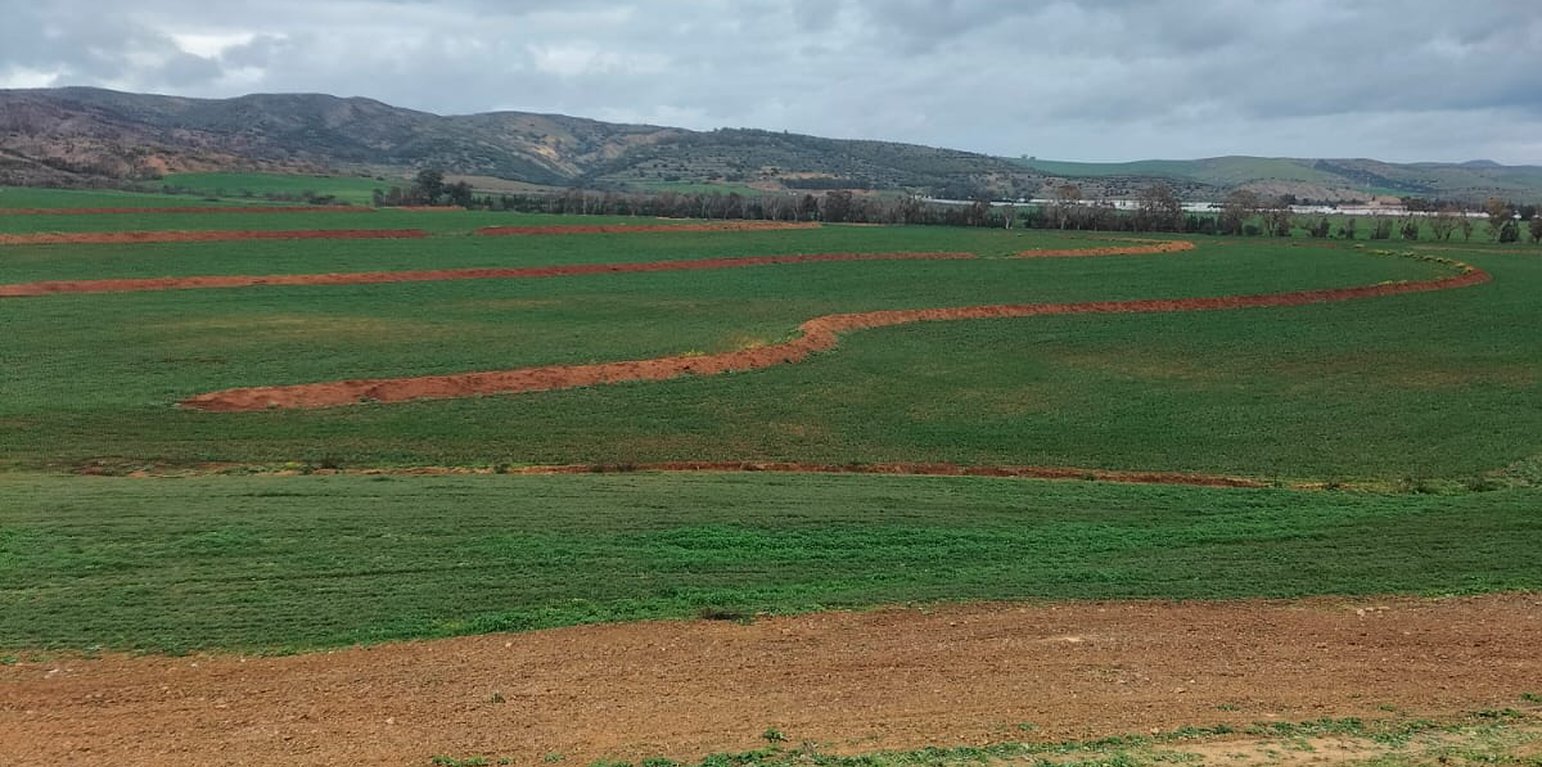



Mechanical bench terraces are anti-erosion structures that consist of embankment bunds accompanied by drainage channels. They are suitable for areas with high average annual rainfall and low rainfall intensity. The ideal conditions for their implementation include light to medium-textured soil rich in humus, a minimum top layer depth of 1.5 m, and a gentle slope ranging from 4 to 6%.
Designed as cascading structures that break the length of the slope, these terraces provide several advantages, including improvements in water quality and reduced downstream sedimentation. Properly constructed, this practice facilitates water infiltration into the soil, enhances soil fertility, and contributes to slowing erosion in small watersheds, while also aiding in surface water storage on farms. These embankments are designed to:
- prevent erosion on cereal-growing lands
- create a micro-climate favourable to arboriculture
- orient land cultivation along contour lines
- facilitate crop rotation
The technical specifications, including inter-embankment spacing, height, and width, vary based on site-specific conditions and conservation objectives. The installation and maintenance of mechanical total retention embankments requires several key activities and inputs, including:
- site analysis and planning to determine appropriate design and construction specifications
- heavy machinery and equipment for construction
- appropriate construction materials
- ongoing maintenance, including erosion and sedimentation monitoring, as well as periodic maintenance to repair or replace damaged terraces
Land users may hold differing opinions on total retention embankments, as they present both advantages and potential disadvantages. Some users appreciate the positive impacts on water quality and erosion reduction, while others are concerned about potential disruptions to land-use activities and the reduction in utilized agricultural area.
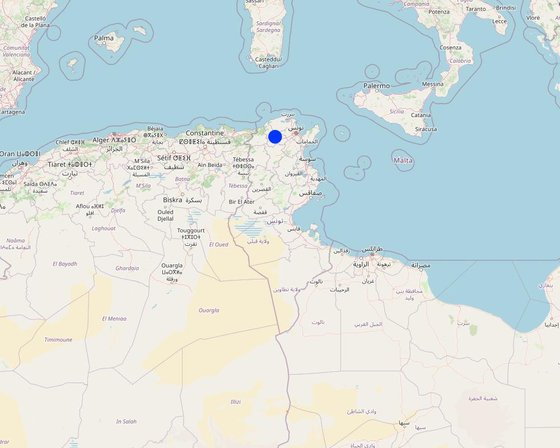
Location: Mjez El Bab, Béja, Tunisia
No. of Technology sites analysed: single site
Spread of the Technology: evenly spread over an area (approx. > 10,000 km2)
In a permanently protected area?: No
Date of implementation: 10-50 years ago
Type of introduction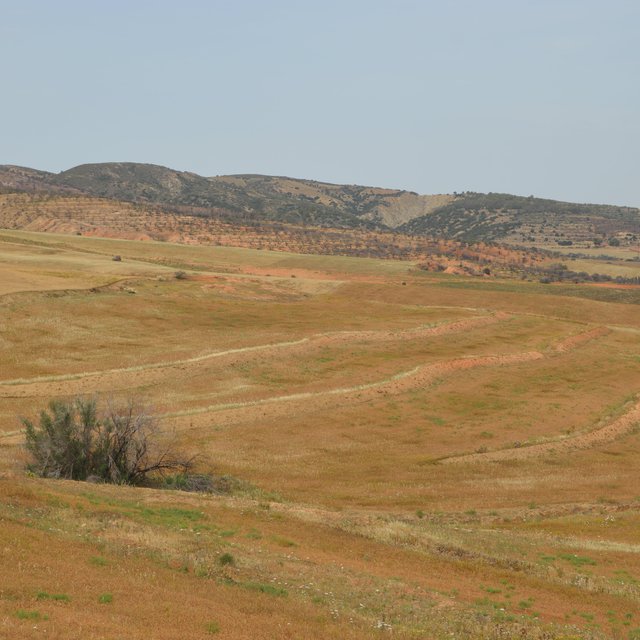
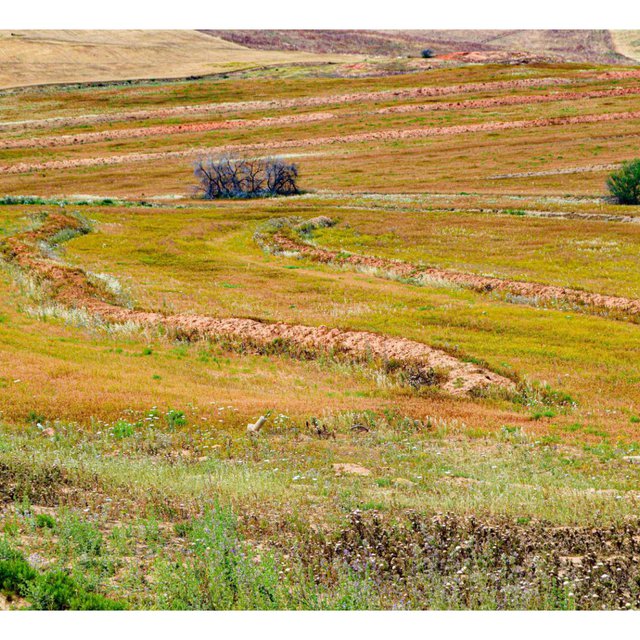





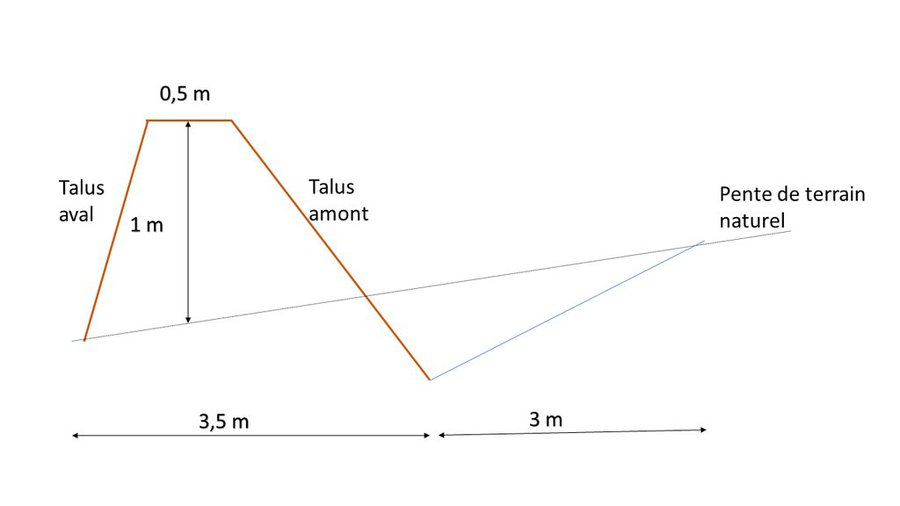
A 40% increase in dry-year cereal yields
Quantity before SLM: 0%
Quantity after SLM: 50%
Cultivating soil on land equipped with mechanical embankments necessitates following the contour lines, imposing a heavier workload.
Quantity before SLM: 0%
Quantity after SLM: 25%
The design of the full-retention mechanical embankment helps capture and retain water, ensuring enhanced moisture availability.
Quantity before SLM: 80%
Quantity after SLM: 20%
The landscaping of the land with mechanical embankments facilitates intercropping.
Embankments are obstacles that slow down the velocity of runoff water.
The design features of mechanical retention embankments help mitigate the effects of heat and drought.